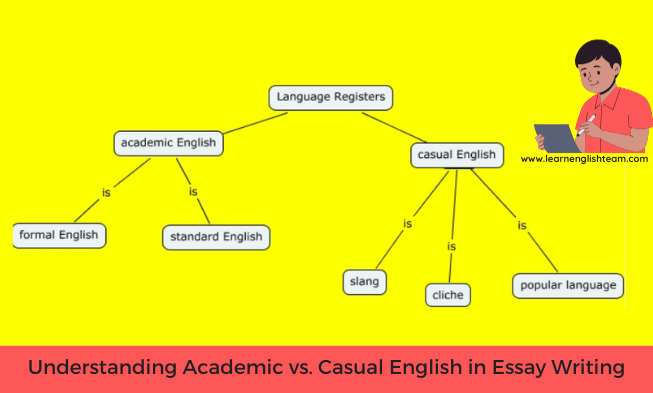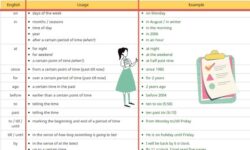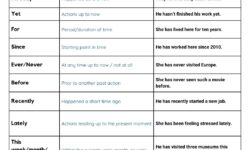Understanding Academic vs. Casual English in Essay Writing
Like any language, English has nuances depending on the context in which it’s used. One such distinction is between academic and casual English, particularly in essay writing.
Understanding this difference is crucial for effective communication, especially for students and professionals who often need to switch between these two styles. Additionally, when it comes to academic communication, some individuals may seek assistance from reputable essay writing services to ensure clarity and precision in their written work.
Characteristics of Academic English
Academic English is a formal language used to produce and disseminate scholarly works. It’s featured predominantly in academic journals, textbooks, dissertations, and research papers. This style of English is structured, precise, and adheres to specific conventions of grammar and vocabulary, often using complex sentence structures and field-specific jargon.
Formal Tone and Vocabulary
A formal tone and sophisticated vocabulary characterize academic English. The language is precise, with technical terms or jargon relevant to the subject. Colloquialisms, contractions, and slang are generally avoided to maintain high professionalism and formality.
Use of Third-Person Perspective
Academic writing typically favors the third-person perspective. Using ‘he,’ ‘she,’ ‘it,’ or ‘they’ creates a distance from the reader, reinforcing the objective and impersonal nature of the work. The use of ‘I,’ ‘we,’ and ‘you’ is generally discouraged unless it’s a reflection paper or a piece employing a professional first-person voice.
Clear and Concise Language
Clarity and conciseness are at the heart of academic English. Sentences are typically well-structured and to the point. Superfluous words are avoided, and the language is direct, making the argument or research findings clear to the reader.
Proper Citation and Referencing
One of the hallmarks of academic English is the use of citations and references. Any ideas, theories, or research that is not the writer’s original work must be appropriately cited to give credit to the original author. Different fields, such as APA, MLA, or Chicago, adhere to citation styles. Proper citation supports the writer’s arguments and allows readers to explore the sources if they wish.
When to Use Academic English
Academic Essays and Research Papers
Academic English is primarily used in scholarly works, including academic essays and research papers. These documents require a formal tone, precise vocabulary, and structured sentences. They also often need citations and references to support claims and ideas.
Conferences or Seminars
A formal, academic tone is typically expected when delivering presentations at academic or professional conferences and seminars. It includes using technical language specific to the field, presenting well-structured arguments, and citing relevant research.
Formal Reports and Proposals
Formal reports and proposals often require an academic writing style in business or professional settings. It could include project proposals, business plans, annual reports, and policy briefs. The formal tone and structured approach of academic English lend credibility and professionalism to these documents.
Characteristics of Casual English
Casual English, also called conversational or informal English, is a more relaxed form of the language. It’s the style used in everyday conversations, personal emails, or casual social media posts. As for the EssayPay Facebook page, Casual English allows for slang, idioms, and contractions, and doesn’t strictly follow the rules of grammar and syntax as rigidly as academic English.
Informal Tone and Vocabulary
An informal tone and vocabulary characterize casual English. The language used is relaxed, conversational, and familiar. High-level or technical jargon is avoided, and everyday words are preferred. Contractions such as “don’t,” “can’t,” and “it’s” are commonly used, unlike in academic English.
Use of First and Second-Person Perspective
Casual English often employs the first-person perspective (“I,” “we”) and the second-person perspective (“you”). It creates a direct connection between the speaker and the listener, making the conversation more personal and engaging.
Use of Idioms and Colloquialisms
Idioms, slang, and colloquialisms are standard features of casual English. These expressions add color and personality to the language, making conversations more enjoyable and engaging. However, because these expressions can be culturally specific, they may only sometimes be understood by non-native speakers or people from different regions.
More Flexibility in Structure and Rules
Casual English allows more flexibility in structure and rules than academic English. Sentences may start with conjunctions like “and” or “but” and end with prepositions or fragments. While these would be seen as errors in academic writing, they are acceptable and even expected in casual conversation. This flexibility allows for more creativity and spontaneity in the language.
When to Use Casual English
Personal Essays and Reflections
Casual English is suitable for personal essays or reflections, where personal experiences and emotions are conveyed. The informal tone allows for a more personal connection with the reader and provides room for expressing individual style and creativity.
Blogging or Writing Social Media Posts
Blogs and social media posts benefit from a casual, conversational style that engages readers personally. Casual English allows for a more relaxed tone, use of idioms and colloquialisms, and more flexible sentence structures, making the content more relatable and engaging.
Emails and Conversations with Friends
Casual English is the standard for informal communication with friends, family, and close acquaintances. It includes emails, text messages, and face-to-face conversations. The relaxed tone and colloquial language make the dialogue feel more personal and friendly.
Transitioning Between Academic and Casual English
Tips for Adjusting Your Writing Style Based on the Context
- Understand your audience: The first step in choosing the appropriate language style is understanding your audience. Your audience likely expects formal, academic English if you’re writing a research paper or presenting at a conference. On the other hand, if you’re writing a blog post or emailing a friend, casual English is more appropriate.
- Identify the purpose of your communication: Are you trying to present research findings, propose an idea, or simply share a personal story? The purpose of your communication will significantly influence your language style.
- Practice flexibility: Switching between academic and casual English is a valuable skill. Practice writing in both styles to become comfortable transitioning between the two.
- Edit and revise: Always take the time to review your work. Check that your tone, vocabulary, and sentence structure match the language style required for your specific context.
Practice Exercises for Writing in Both Academic and Casual English
- Rewriting exercises: Take a paragraph of literary text and rewrite it in conversational English, then vice versa. It helps you understand how to adjust the tone, vocabulary, and sentence structure based on the language style.
- Role-playing exercises: Imagine you’re in different scenarios (e.g., presenting at a conference, chatting with a friend, writing a CV, posting on social media). Write a short piece suitable for each scenario.
- Reading and analysis: Read various texts in academic and casual English. Identify the characteristics that make them formal or informal. It will help you recognize and understand the differences between the two styles.
- Peer review: Practice writing in both styles and have others review your work. They can provide feedback on whether your tone, vocabulary, and structure suit the specific language style.
Conclusion
Understanding academic and casual English differences is crucial for effective essay writing. It allows you to adjust your language style to suit different contexts and audiences, enhancing your communication skills and versatility as a writer.
Remember, mastering both academic and casual English takes time and practice. So keep reading, keep writing, and keep learning. Your efforts will pay off, enriching your writing abilities and broadening your linguistic repertoire.



